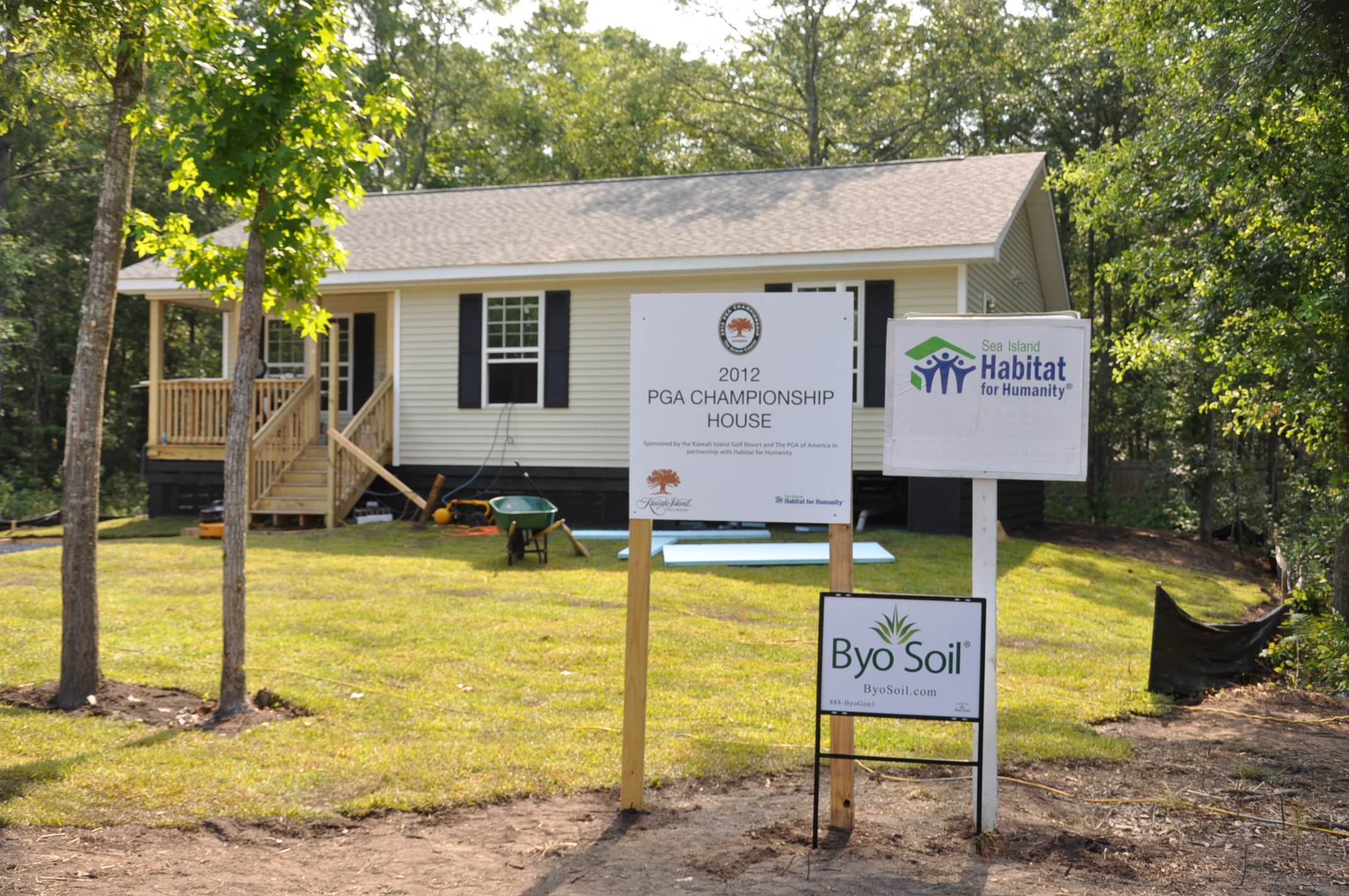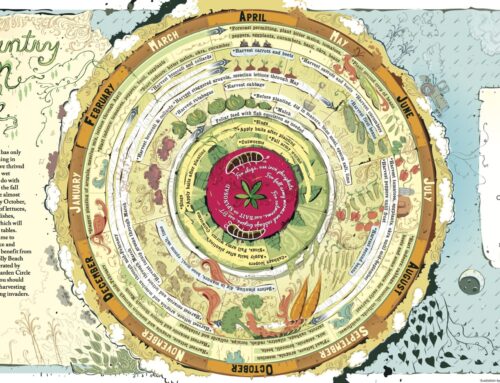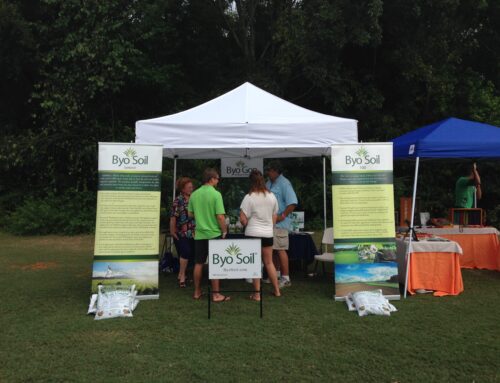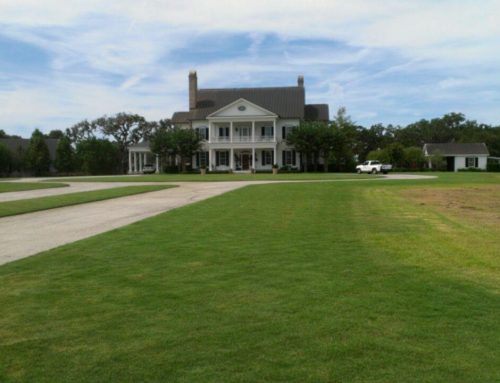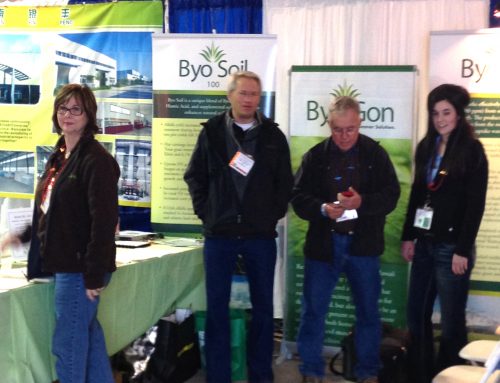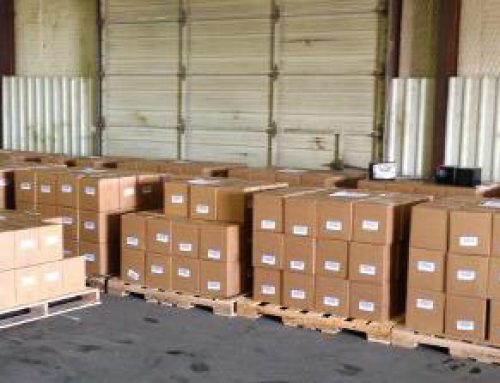With the 2012 PGA Championship coming up just around the corner, golf has been on the minds of Charlestionians more than usual this time of year (despite the 100 degree temperatures).
This year the PGA sponsored a home on James Island, South Carolina (see pictures below) with Sea Island Habitat for Humanity. ByoSoil was thankful to participate by laying and treating the sod around the home with our All-Natural Soil Enhancer and this got us thinking…why is it so hard to get the game of golf to go green?
The efforts to “go green” in the golf world have been long discussed, but major strides have been slow moving. Heavy reliance on chemical treatments and the fear of the unknown realms of an “organic” course have caused major road blocks, leading to the continuation of unhealthy treatments that harm the environment and hinder the beauty of natural course landscapes. These treatments are not only harmful to the surrounding environment; they may also create less than optimal conditions for the course and the turf.
In an article from 2008 in Golf Digest, John Barton addressed the issues of water conservation, pesticide damage, and the growing rise of environmentalism as leading causes that without making a move towards more “eco-friendly” golf, some courses may disappear. Now, here we are, four years later and the green golf movement is still on the rise.
Fear of the unknown, being stuck in our ways: we are all guilty of it. But a few golf courses around the country have taken a chance and yielded great results from the risk to develop courses that are environmentally friendly. The Golf and the Environment Initiative, led by Audubon International, is making a significant impact in an effort with the USGA, the PGA of America and other organizations to make the move towards greener golf and environmental awareness in the game.
The Vineyard Golf Club, in Martha’s Vineyard, and Superintendent Jeff Carlson, boast an unparalleled course that has mastered organics as America’s only true organic golf course. Other courses recognized by Audubon International are South Carolina’s own Bear Creek Golf Course in Bluffton and the Daniel Island Club in Charleston. For superintendents like Carlson who are making the change for greener golf, the education and work involved with an organic course are a constant effort; however, many courses that are using more organic fertilizers and all-natural products are seeing an increase in course health, a decrease in water usage, and a nice cut in costs that make a reliance on turf chemicals hard to defend.
All-Natural products like ByoSoil, provide humic acid technology, high amounts of soil microbes, and nutrients that naturally build root health, increase nutrient uptake, decrease salt content, and even increase the turf’s tolerance to disease without building a reliance on harmful chemicals. Not only that, but conservation movements and all-natural treatments are pushing us towards courses that work around natural landscapes and rugged looks that take us back to nature and the origin of the game.
“Old habits die hard”, but with environmental awareness constantly on the rise and a new generation of superintendents that understand the importance of reducing our reliance on chemical treatments, it is becoming increasingly more evident that the efforts to move toward greener golf are ones that benefit the courses, the environment and even the game.

